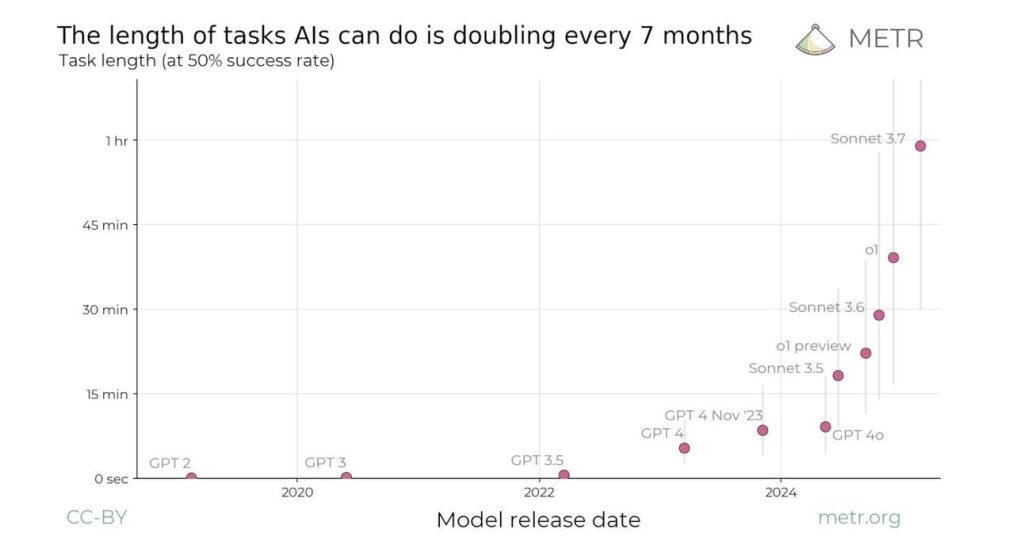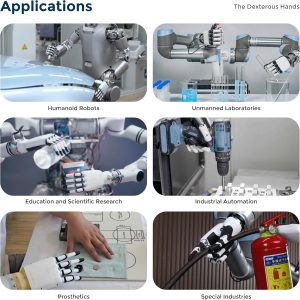Claude Embraces Real-Time Search Capabilities

In the rapidly evolving realm of artificial intelligence, new advancements are happening faster than ever. Among these innovations is the real-time search feature now available in Claude, an AI tool by Anthropic. This feature is poised to transform how users interact with AI, setting new standards for others to follow.
The introduction of this feature is anticipated to tempt back former Claude enthusiasts who had shifted to other browsing-capable AI like ChatGPT and Perplexity. Claude’s new search tool enhances its capability, allowing access to up-to-the-minute data for users across the United States currently subscribed.”
AI Developments: A New Era
The AI landscape is expanding rapidly. Innovations such as the search mode added to Claude showcase this evolution. Real-time search expands Claude’s utility significantly. Users benefit from more accurate and timely information, bridging a gap many felt was previously widening.
Anthropic’s decision to add this feature aligns with user needs. Over time, AI has adapted to enhance its effectiveness and reach. This addition marks a pivotal step forward. It might also push competitors to innovate further.
The Role of Adobe’s Experiments
Adobe recently showcased intriguing AI advancements, including agents potentially entering its product lineup. Actor Ken Jeong experienced these futuristic tools firsthand. He and others were impressed by Project Slide Wow and Project Get Savvy.
Adobe’s developments show innovation isn’t slowing. These tools offer unique abilities such as turning datasets into presentations. Furthermore, tools like Get Savvy allow complex ad campaigns to be crafted from mere conversations.
Adobe’s proactive approach sets a benchmark in AI advancements. As they explore integrating agents into their products, the bar for AI utility rises. The impact of these developments could be far-reaching, potentially reshaping various creative fields.
OpenAI’s Custom Voice Models
OpenAI is allowing developers to customize its voice models, adding to the array of AI innovations this year. This decision could usher in a new wave of voice applications.
The potential to create unique voice agents provides developers with exciting opportunities. It paves the way for more nuanced and user-friendly AI interactions.
With these customization options, AI could become more in-tune with human needs. Voice interactions might soon be as natural as face-to-face conversations. This ease of use can significantly influence AI adoption rates.
Breaking Down Language Barriers with AI
Communication barriers cost businesses billions annually. AI-driven language tools, like those from DeepL, offer solutions. These tools are designed to enhance global business communication.
Based on insights from industry leaders, effective communication strategies are crucial. Leveraging AI for language processing addresses this need seamlessly.
The future might see businesses adopting AI-driven communication as a norm. As barriers fall, global market integration becomes smoother.
Frontier AI Models and Moore’s Law
An intriguing study from METR shows AI models improving rapidly—faster than Moore’s Law. The research predicts tasks doubling in capacity every seven months.
Claude Sonnet 3.7 exemplifies these findings, handling tasks that once took humans an hour. This kind of rapid progress presents exciting prospects.
The potential future capabilities of AI are vast. If current trends persist, AI could undertake tasks taking humans hours or even days. By 2029, major breakthroughs might become a reality.
How to Create a SaaS Website with AI
Setting up a SaaS website has never been easier. Using AI, businesses can swiftly generate sites tailored to their needs.
One reliable platform for this is Durable. With a simple input of business details, AI crafts a professional site in moments.
This approach reduces the complexities involved in site creation. AI-driven setups like this could become the standard, saving businesses time and resources.
Deploying AI for web creation demonstrates its practical benefits. It allows businesses to focus on growth rather than technical challenges.
Speed and Efficiency in Voice-to-Text
Wispr, an AI tool, offers voice-to-text conversion at remarkable speeds, tripling typical typing speeds. This efficiency revolutionizes productivity across various applications.
By adapting to individual user styles, Wispr fits into numerous uses, from emails to coding.
The support for over 100 languages allows global users to enjoy its benefits. Such capabilities might redefine communication standards in professional settings.
Perplexity’s Deep Research Upgrade
Perplexity is enhancing its platform with a deep research mode. This upgrade includes in-line charts and expanded data presentations, promising richer insights.
The race to improve AI research capabilities highlights a growing demand for comprehensive tools. Users seek detailed data and visualizations for informed decisions.
Such innovations set Perplexity apart. As AI continues to advance, users can expect increasingly sophisticated tools.
The Impact of AI on Modern Weather Forecasting
AI’s role in meteorology is groundbreaking. The University of Cambridge developed a model requiring significantly less computing power for accurate forecasts.
Such models democratize access to advanced forecasting tools, once reserved for well-funded institutions.
This innovation has profound implications, allowing anyone with basic technology to access predictive insights.
The advancements in AI are astonishing, promising a future of endless possibilities. With tools like Claude’s search feature and customizable voice models, the AI landscape is set to redefine how we live and work.






